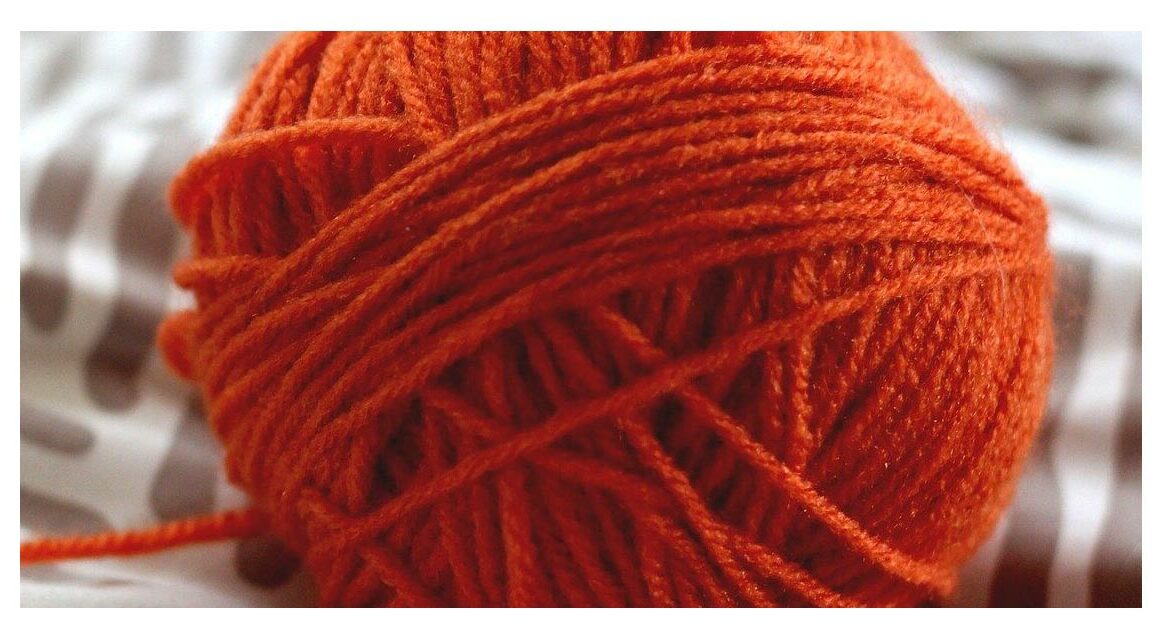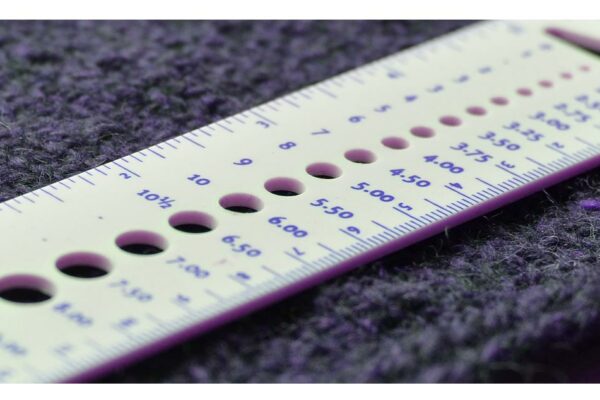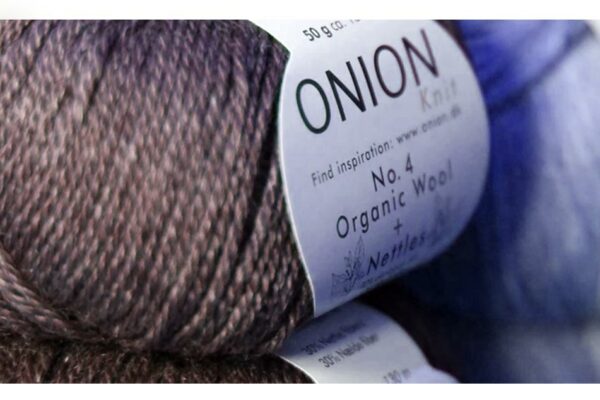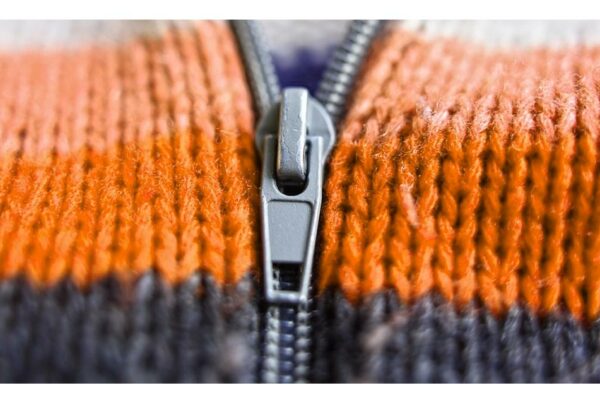Today, you can find many beautiful knitting patterns for your knitting work. With such a wide range of choices, it becomes quite difficult to decide which one to try first. However, before starting your vintage knitting work, you’ll need to choose the right yarn for it. Here are a few tips that would help you choose the right yarn for your vintage knitting project:
1. Use swatches to know the yarn weight and colour
Back in the day, vintage wool was thinner. The double knit in many of the vintage patterns are closer to the 4-ply yarns used today. Even the worsted weight used in those times is not the same as the worsted weight in use today. You’ll need to have a look at the swatches. This is to make sure that you don’t pick a modern 4-ply yarn that’s too thin.
Swatches also help you in knowing the appropriate yarn weight. You just can’t gauge the heaviness of the yarn by simply looking at the given yarn weight. This clearly shows why swatches are important for getting the right yarn for your vintage knitting work.
The use of swatches would also help you in choosing the appropriate colours. Vintage patterns that date back to the early 1900s are not photographed. Many of the photographed ones would be in black and white. So, you won’t know the exact colour by looking at the hand-drawn images or black and white photographs.
2. Match the yarn’s fibre content
You must also try to match the fibre content of the yarn, which is used in the vintage pattern. Only natural fibres and their blends were used exclusively in the patterns of the 1940s. Their popularity declined only after the large-scale production of acrylic yarns.
Using similar fibre content would give the same drape, texture, and other properties to the finished item. You’ll know how the finished item would look if you’re using a yarn having a different fibre content.
3. Make use of the gauge
The number of stitches that an inch of a fabric must have is called a gauge with regards to knitting. Gauge becomes extremely important when you’re making socks, sweaters, or any of the other fitted garments. It is, therefore, important that the gauge be matched as closely as possible.
The commercial yarns usually indicate the gauge on the ball band. This makes it easier to know whether or not the yarn can be used for your vintage knitting work. While you’ll find a gauge on the pattern, some of the vintage ones only provide yarn weight and needle size.
4. Calculate the amount of yarn needed
To calculate the amount of yarn required, you must know the weight or length per skein of the yarn. For example, let’s say that the skeins of the yarn in the pattern have a length of 160 yards. Your requirement for the knitting work is 5 skeins.
The modern yarn you’re substituting measures 200 yards per skein. The amount of yarn required would be calculated by multiplying the skein length by the number of skeins. So, it will be 160 x 5 = 800. You’ll get the total skeins available by dividing the total yarn by the length per skin of substitution yarn. In this example, it will be 800/200 = 4.




